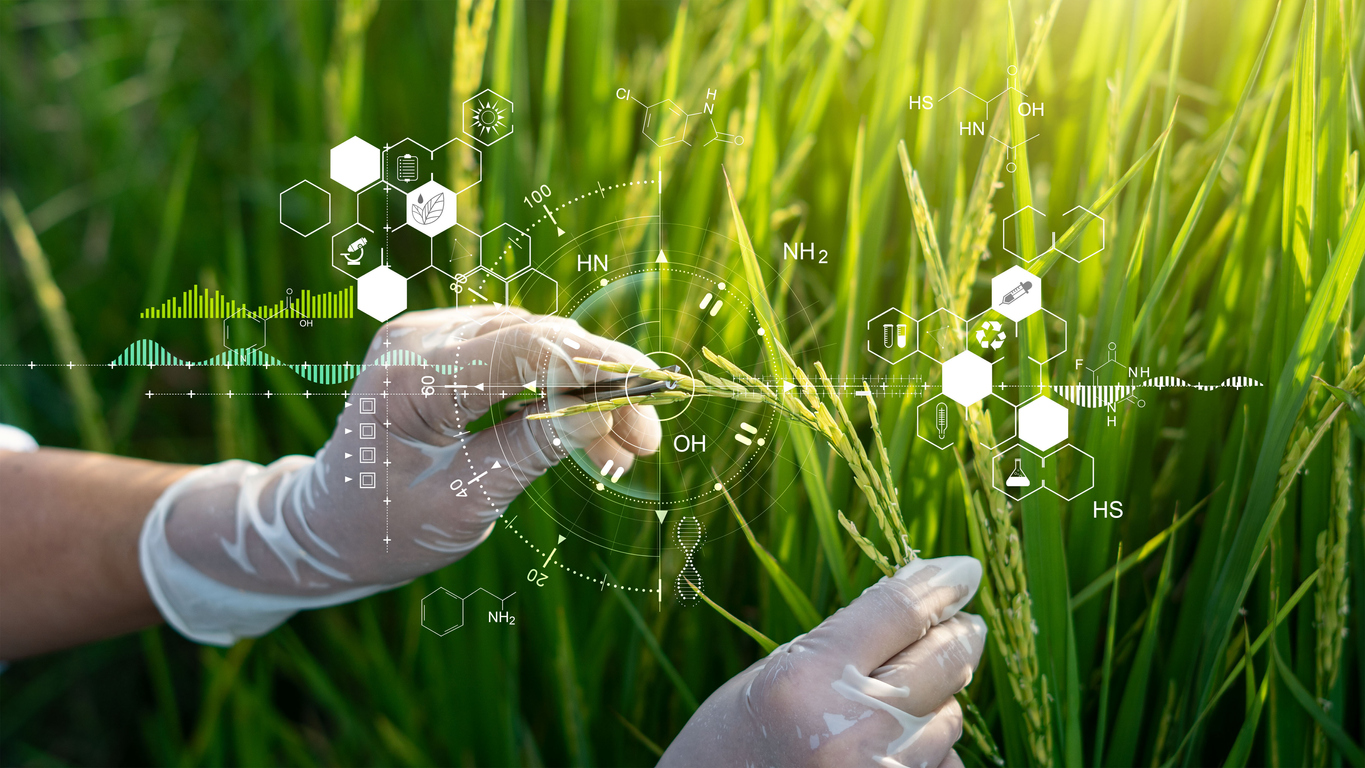Fast Crop Emergence

Fast seed germination is critical for getting crops off to a good start and to achieving higher crop yields. Cold wet weather often causes early crop stress that can be difficult for the plant to overcome and may cause yield losses long-term. Fast seed emergence has many advantages. First, the seed generally has enough energy to get the roots established and a leaf growing to capture the sun’s energy. When seed roots emerge quickly though, there is less time for seed damage by insects, especially seed corn maggots, wireworms, and root worm larva. Fast growing plants can outrun most slug damage or flea beetle which feast on sickly plants that are struggling to grow quickly. New growing roots supplement seed nutrient reserves to improve plant growth, especially from micro-nutrients needed to speed up plant growth. When seeds germinate slowly or the seed is of poor quality, none of these benefits occur. Often, seed planting occurs when crop and field conditions may not be perfect. S...


